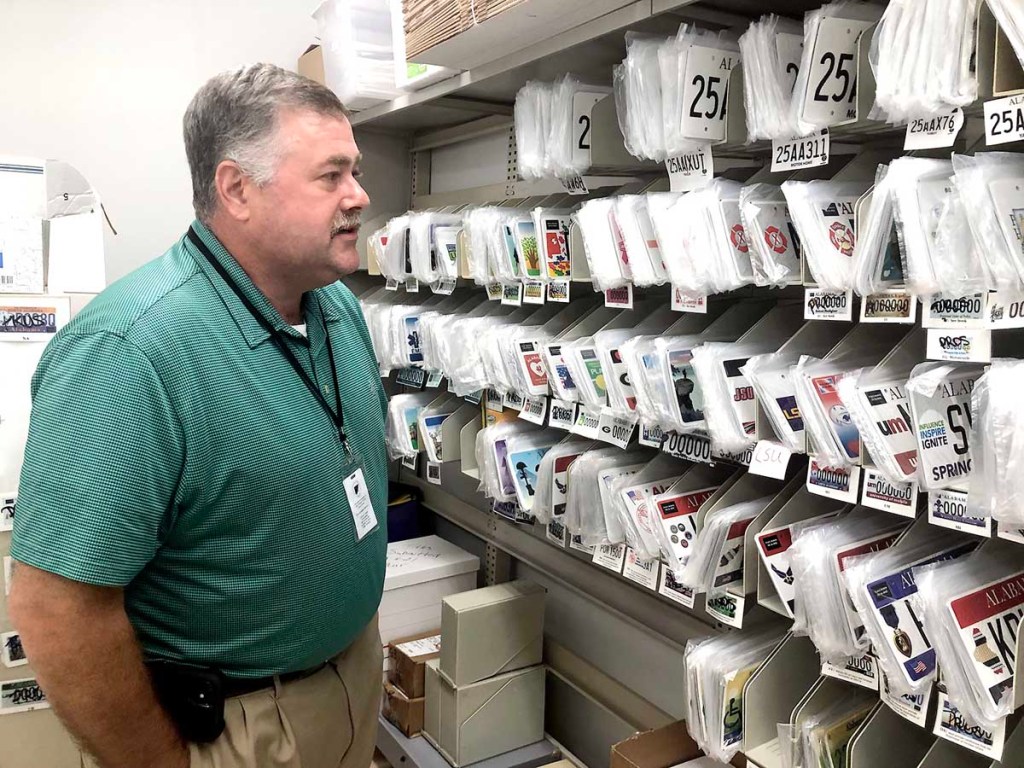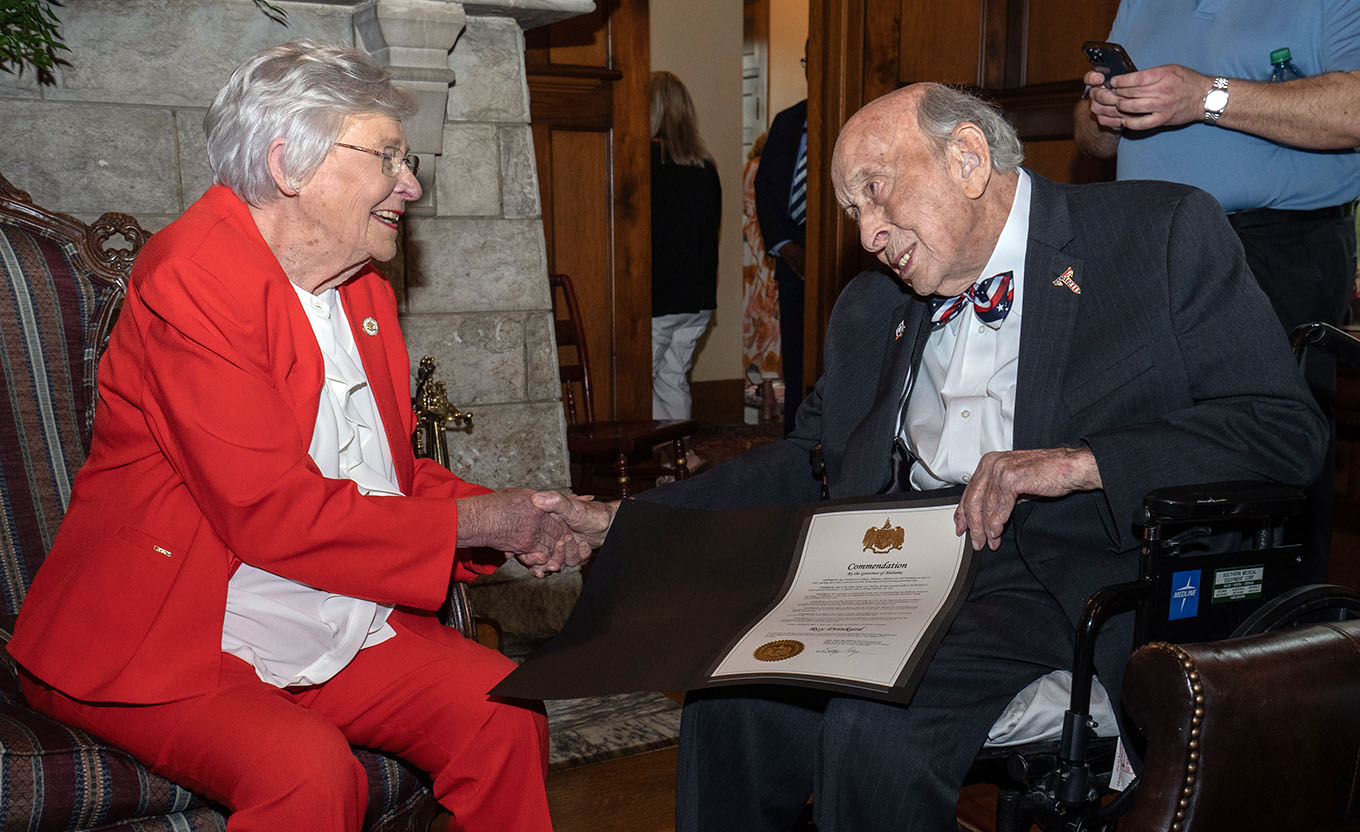Switching tags: License plate changes rolling out ahead of new Alabama tag design arriving next year
Published 4:15 am Wednesday, October 6, 2021

- Cullman County Revenue Commissioner Barry Willingham is seen in the tag office Tuesday afternoon.
Some subtle changes are coming to Alabama license plates — first for non-passenger vehicles, and then for everyone — but they won’t require motorists to pay more for tag fees or adjust their annual renewal schedules.
Effective Oct. 1, the number of commercial and non-standard vehicle plate types has been consolidated into fewer categories, with the accompanying new Alabama plates reflecting a handful of other changes that visually distinguish them from their older predecessors.
Trending
Unlike the older plates, the new ones feature the name of the vehicle category (bus, taxi, truck, and so on), prominently displayed in black text at the bottom of the tag.
While the new tags retain the white background of earlier non-standard vehicle plates, their alphanumeric designations will now follow a pattern similar to that of their passenger-vehicle counterparts: The first two characters will represent the county designation (25 in the case of Cullman County), with five additional characters making up the remainder of the plate number. Stacked smaller characters, a common sight on previous non-standard vehicle tags, are also going away in favor of the named category designation at the bottom of the plate.
Last year, the Cullman County Revenue Commissioner’s office issued approximately 1,500 Farm tags, just less than 2,500 trailer tags, and 265 truck tags in Cullman County. Revenue Commissioner Barry Willingham said Tuesday that the new statewide changes won’t come with a fee increase for any current tagholders, and that the new plates are being issued according to the same renewal schedule that they’re already following.
When the new year arrives, bigger changes are in store for all passenger vehicle tags, as the state adopts a newly-designed standard Alabama license plate that features a beach-themed landscape against a yellow background. Decals signifying annual renewal months will now also include the year of issue, reducing by one the need for two separate decals at the upper corner of each license plate, while clearing space in the upper-left corner for a new handicap-designated decal.
The new handicap decals also will supplant the dedicated handicap metal license plates that currently are issued to qualifying vehicle owners.





